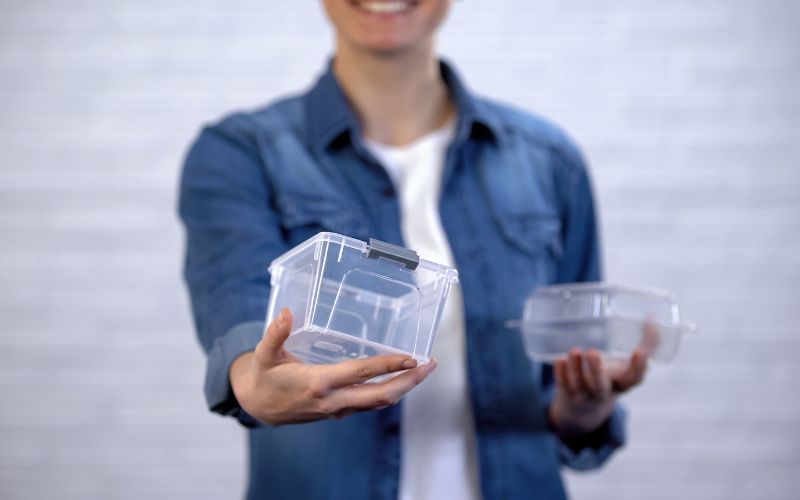In an era where sustainability is no longer just a choice but a necessity, bioplastics are emerging as a promising alternative to conventional plastics. Derived from renewable sources such as plants, bioplastics offer a more eco-friendly solution to the environmental challenges posed by traditional petroleum-based plastics. As technology advances and the demand for sustainable materials grows, bioplastics are poised to play a pivotal role in the future of materials science and environmental conservation.
Understanding Bioplastics
Bioplastics are a diverse family of materials, with some designed to biodegrade and others intended to be recyclable. They are typically produced from renewable biomass sources, including corn starch, sugarcane, and cellulose. Unlike conventional plastics, which rely on finite fossil fuels, bioplastics harness natural, replenishable resources, significantly reducing their carbon footprint.
Types of Bioplastics
There are two main types of bioplastics: bio-based and biodegradable.
- Bio-based Plastics: These are derived from biological sources but are not necessarily biodegradable. An example is bio-polyethylene (bio-PE), which is made from ethanol derived from sugarcane. Bio-PE has similar properties to traditional polyethylene but with a lower environmental impact.
- Biodegradable Plastics: These can break down into natural substances like water, carbon dioxide, and compost through the action of microorganisms. Polylactic acid (PLA) and polyhydroxyalkanoates (PHA) are popular biodegradable bioplastics used in packaging, agriculture, and medical applications.
Environmental Benefits
The environmental benefits of bioplastics are substantial. Firstly, their production results in lower greenhouse gas emissions compared to conventional plastics. The use of renewable resources also reduces dependency on fossil fuels, promoting energy security and sustainability. Additionally, biodegradable bioplastics help mitigate plastic pollution by breaking down more easily in natural environments, reducing the long-term impact on wildlife and ecosystems.
Applications of Bioplastics
Bioplastics are increasingly being used in a wide range of industries:
- Packaging: Bioplastics are making significant inroads in the packaging industry. Companies are adopting bio-based and biodegradable materials for everything from food containers to shopping bags, helping to reduce the environmental impact of packaging waste.
- Agriculture: In agriculture, biodegradable films and plant pots made from bio-plastics offer a sustainable alternative to conventional plastic products. These materials degrade naturally, enriching the soil without leaving harmful residues.
- Medical and Healthcare: Bioplastics are revolutionizing the medical field with applications in biodegradable sutures, drug delivery systems, and temporary implants. Their biocompatibility and ability to degrade safely within the body make them ideal for these purposes.
- Consumer Goods: From electronics to household items, bio-plastics are being incorporated into various consumer goods. Their use helps manufacturers meet sustainability goals and cater to environmentally conscious consumers.
Challenges and Future Prospects
Despite their numerous advantages, bio-plastics face several challenges. High production costs and limited availability of raw materials are significant barriers to widespread adoption. Additionally, the infrastructure for composting and recycling bio-plastics needs to be expanded and improved.
However, ongoing research and technological advancements are addressing these challenges. Innovations in the production processes are making bio-plastics more cost-competitive. Scientists are also exploring new feedstocks, such as algae and agricultural waste, to diversify and increase the supply of raw materials.
Conclusion
Bioplastics represent a significant step forward in the quest for sustainable materials. Their ability to reduce environmental impact, coupled with their versatility and growing range of applications, positions them as a key component of a sustainable future. As research and development continue to drive advancements in this field, bio-plastics have the potential to replace conventional plastics on a large scale, ushering in a new era of eco-friendly materials and contributing to a healthier planet.
The future of materials science is undoubtedly intertwined with the development and adoption of bioplastics, marking a transformative shift towards sustainability and environmental stewardship.


